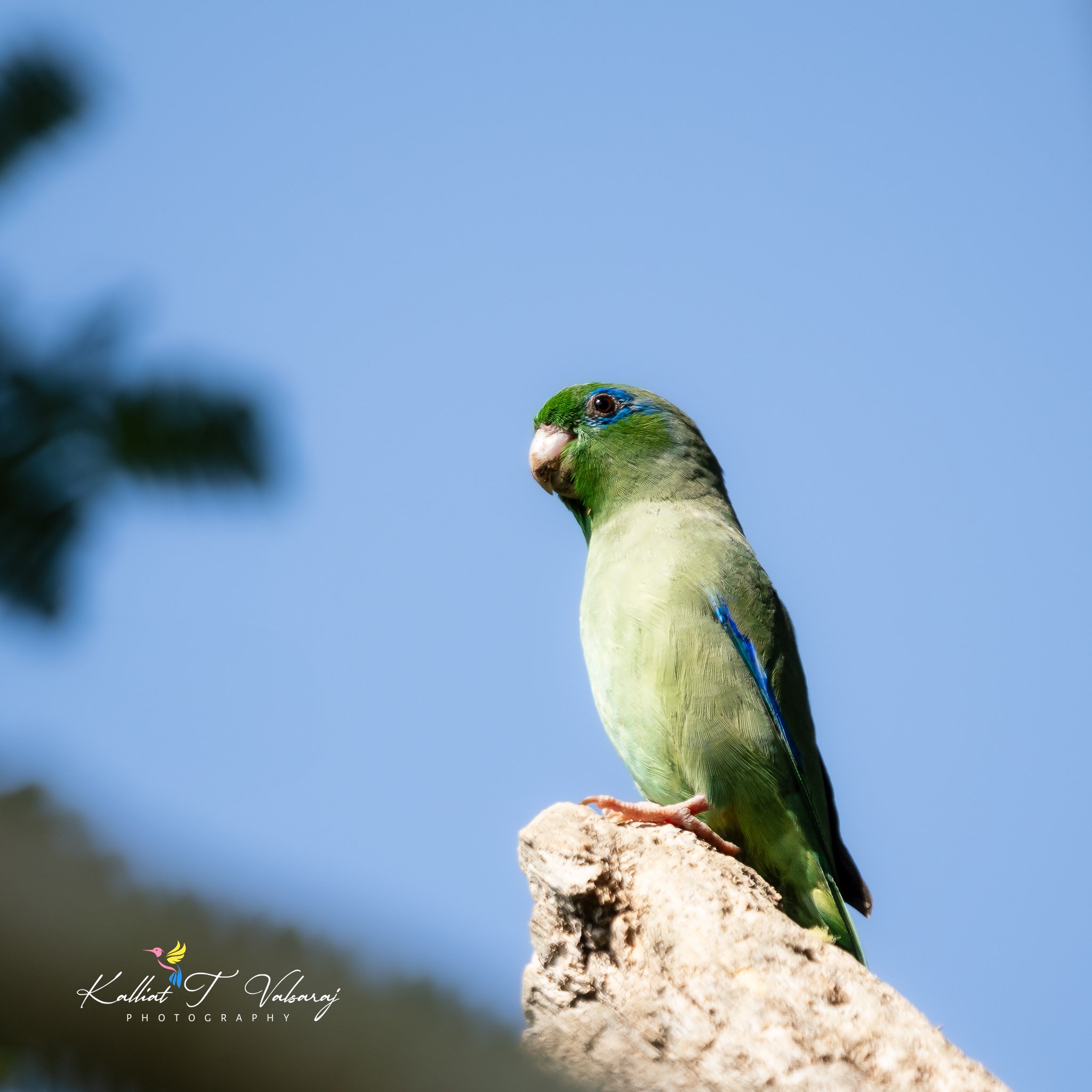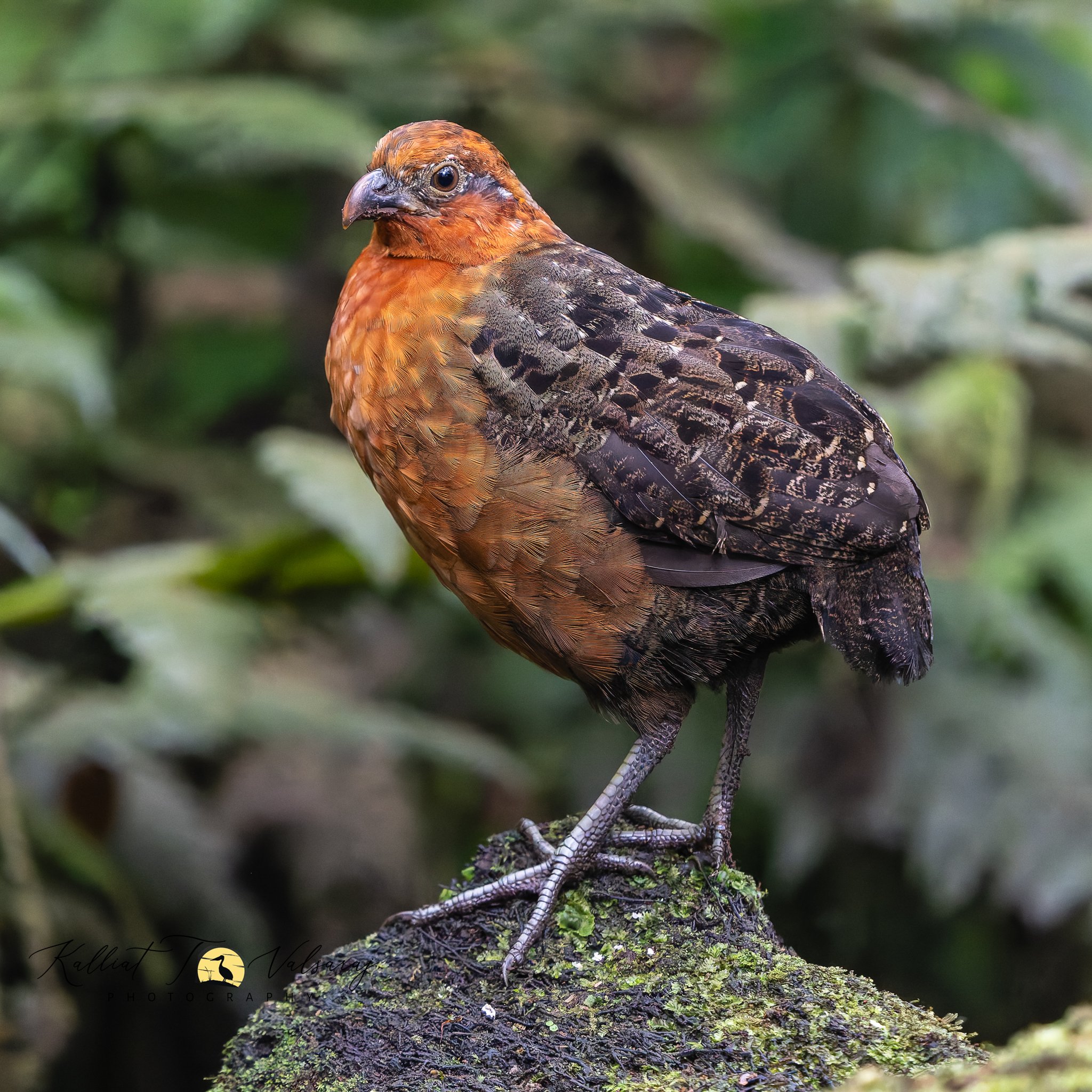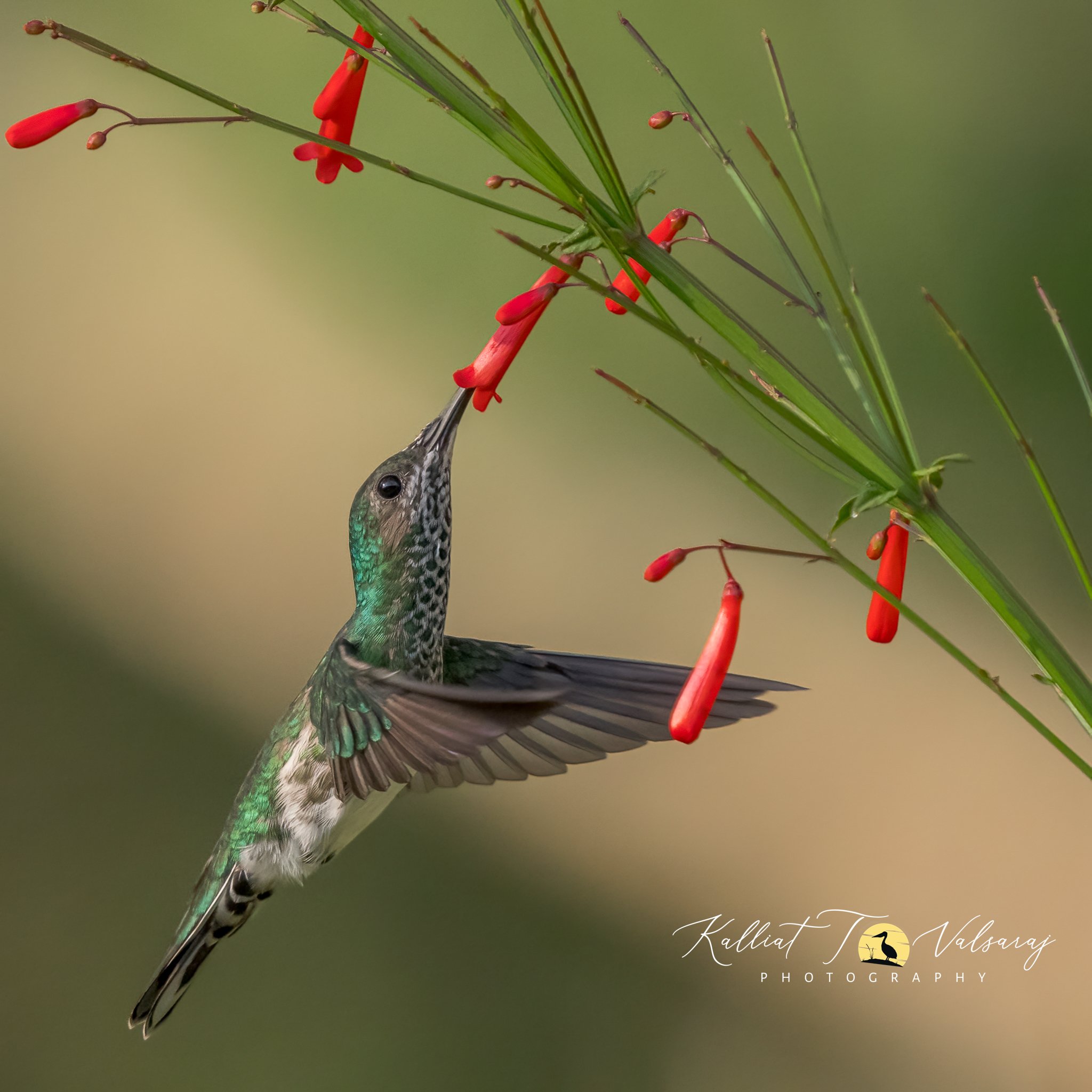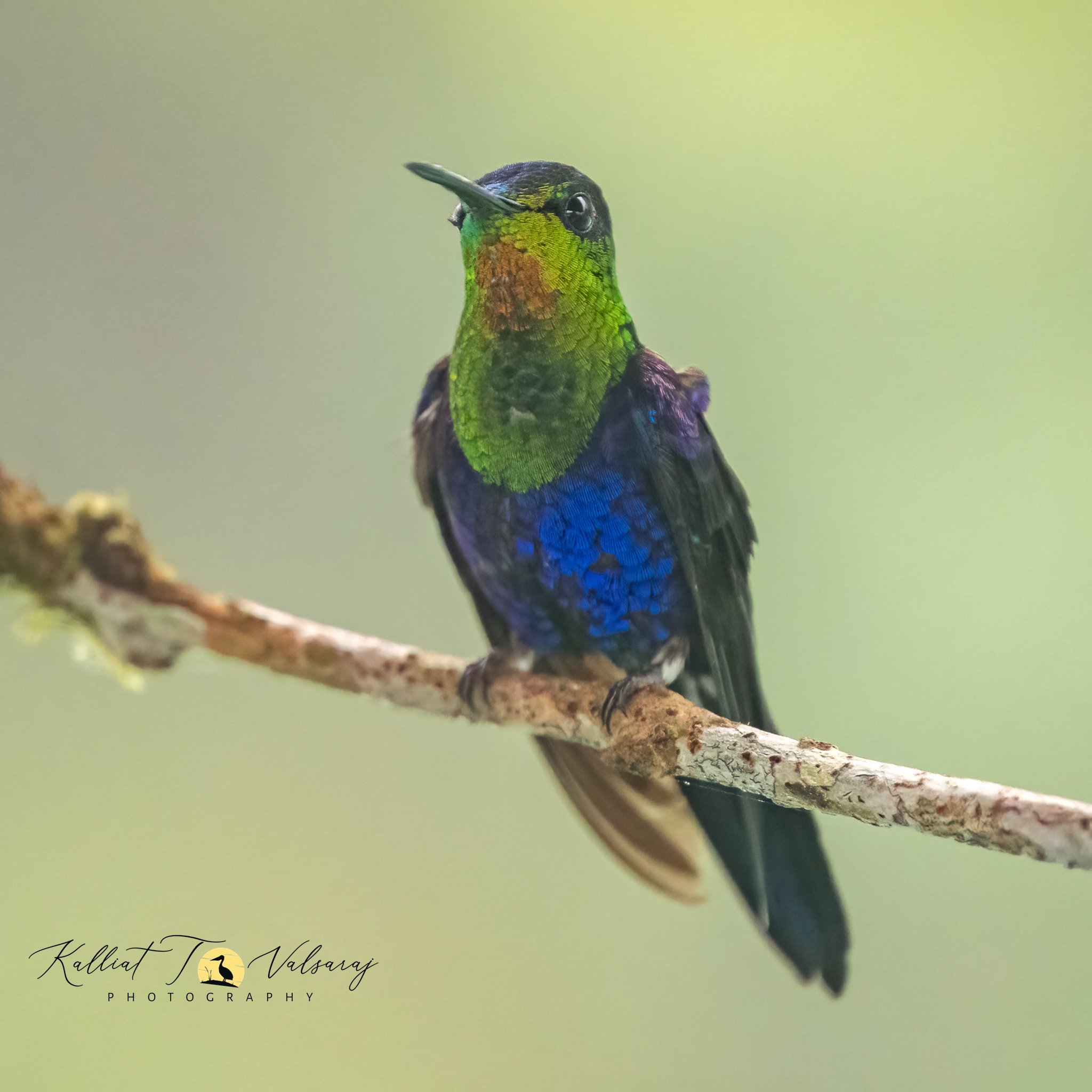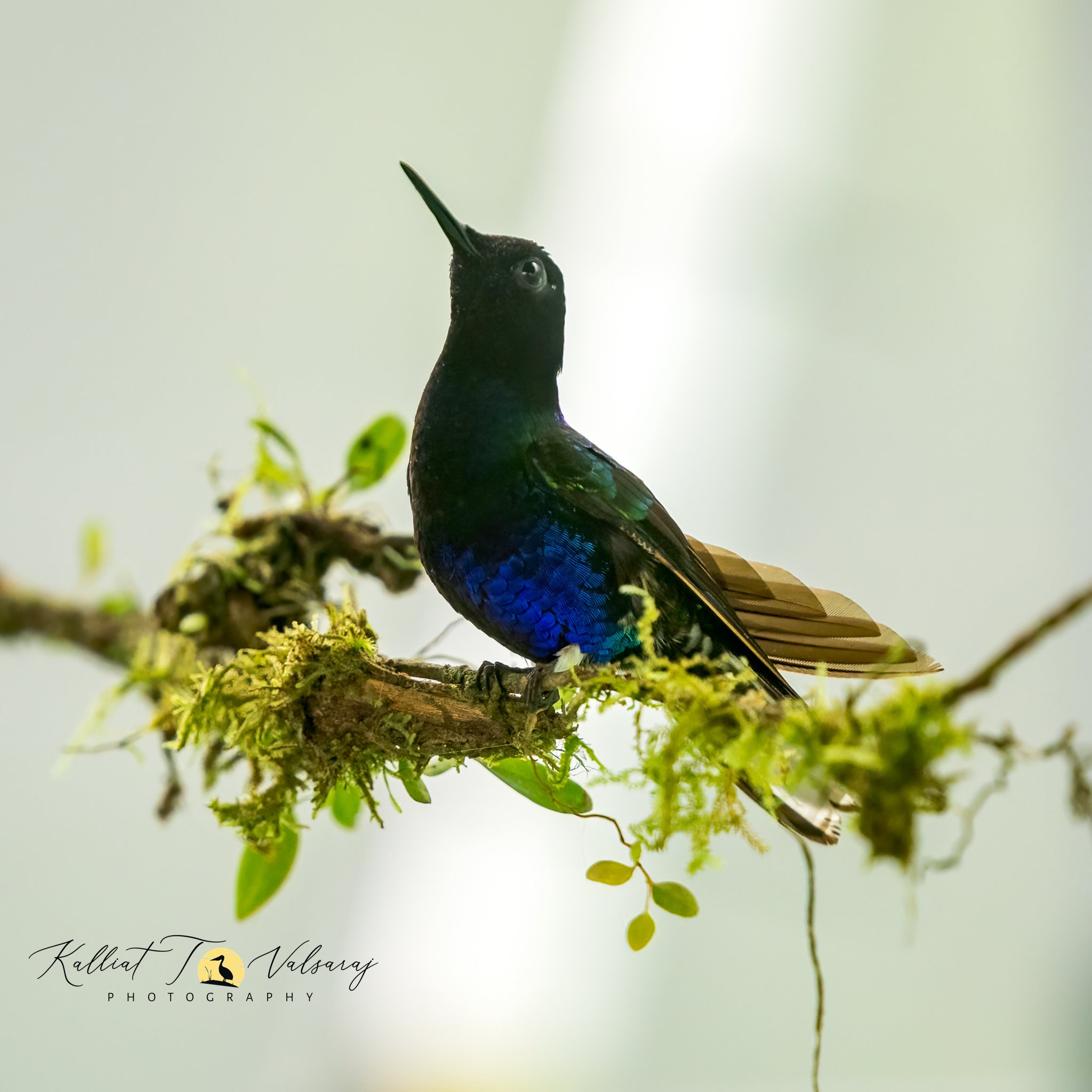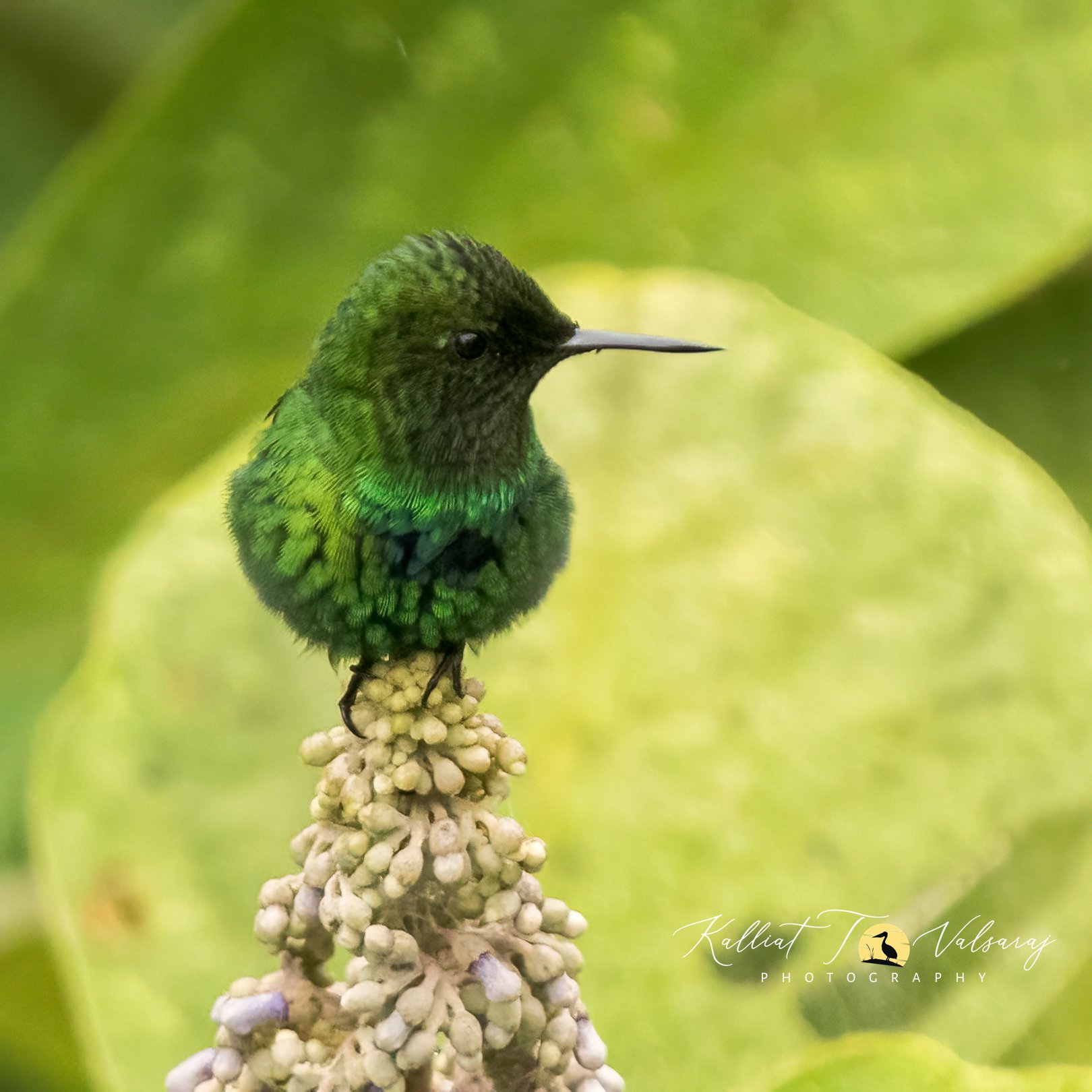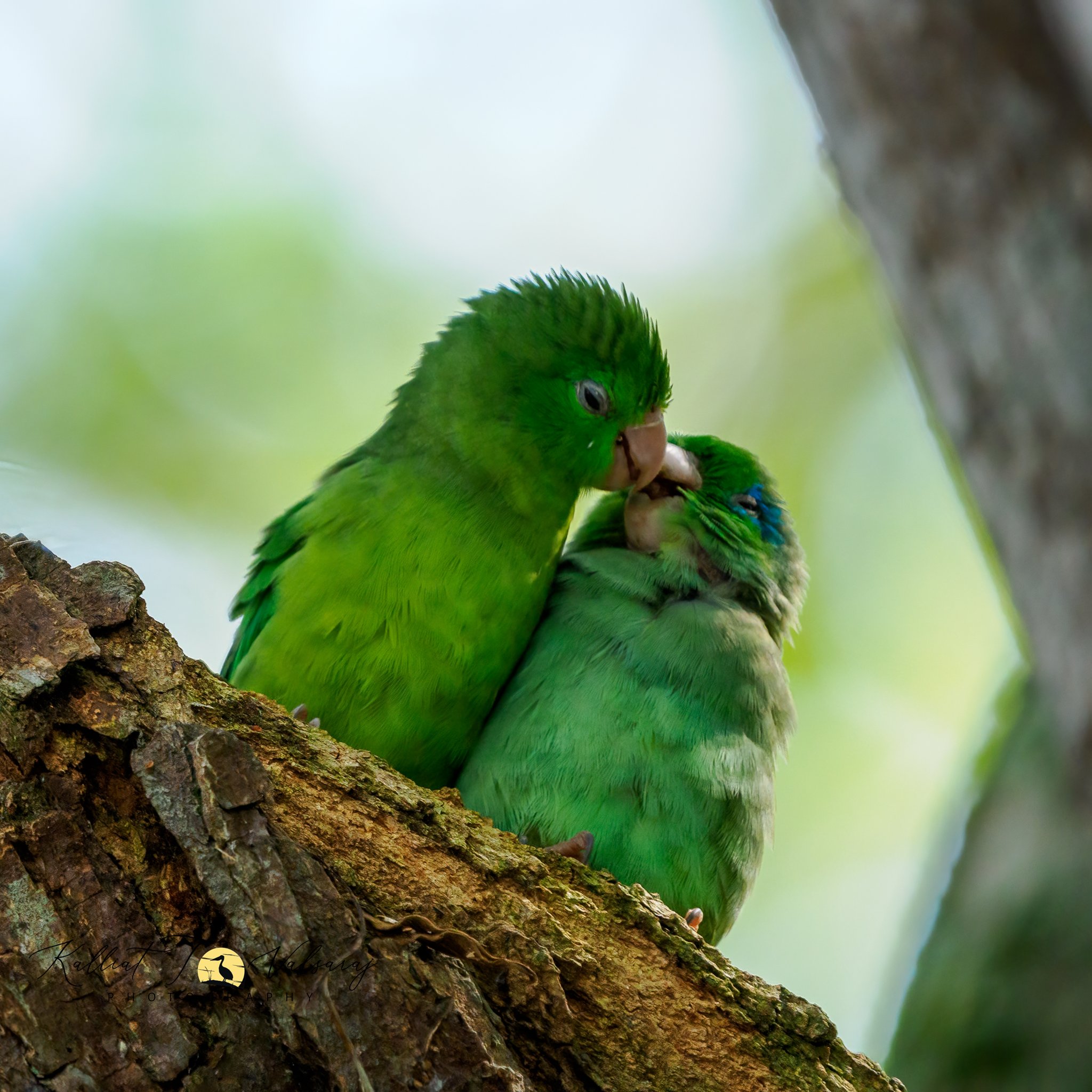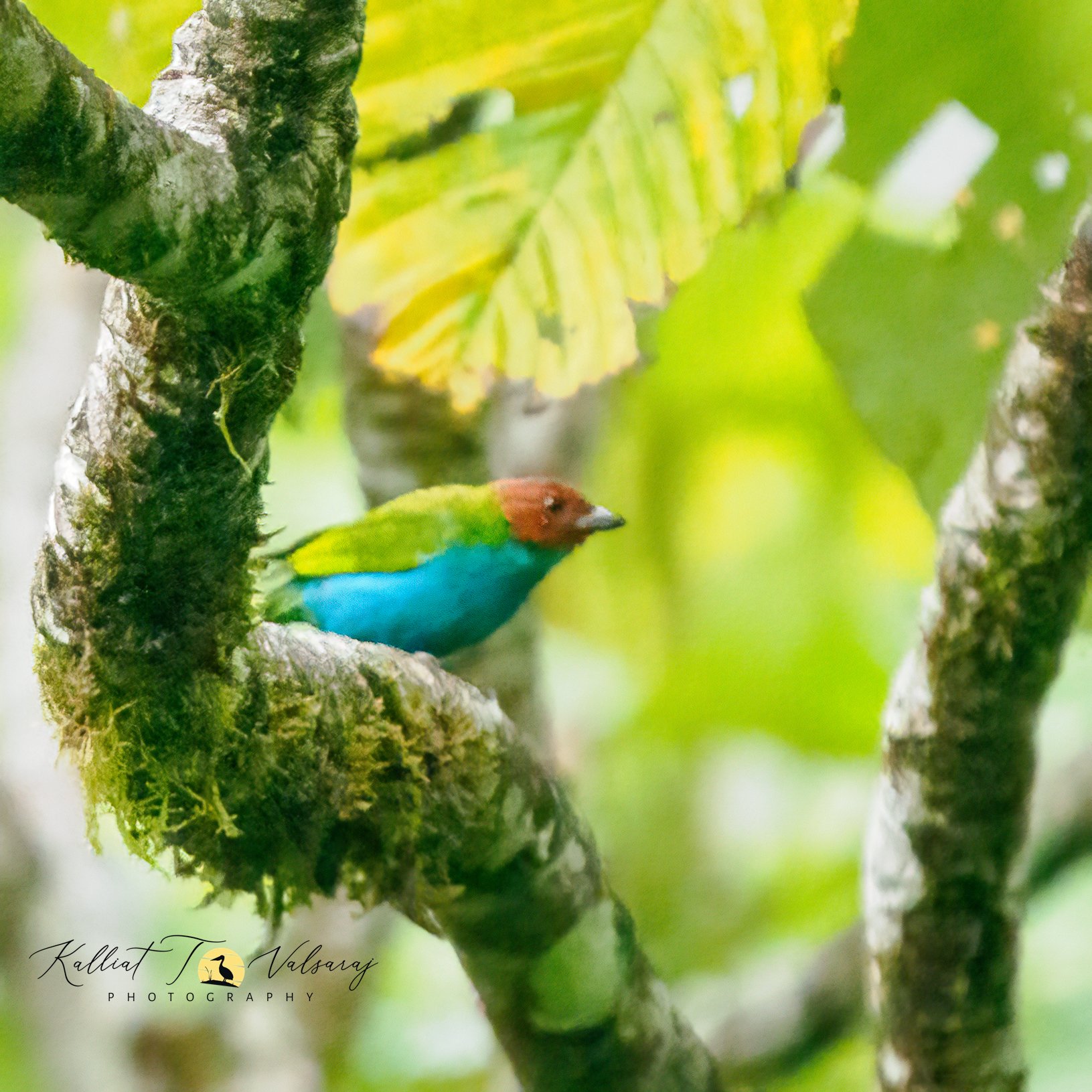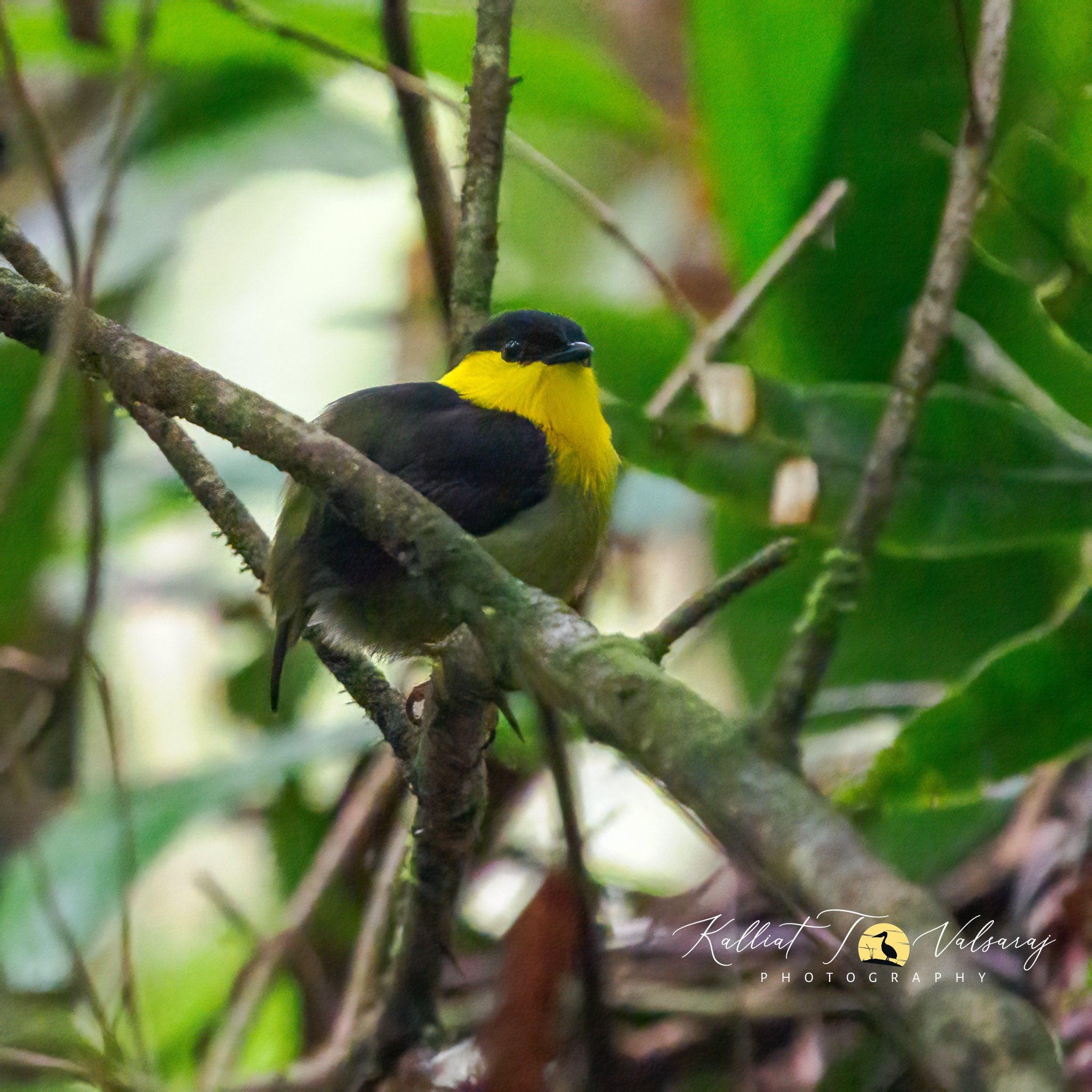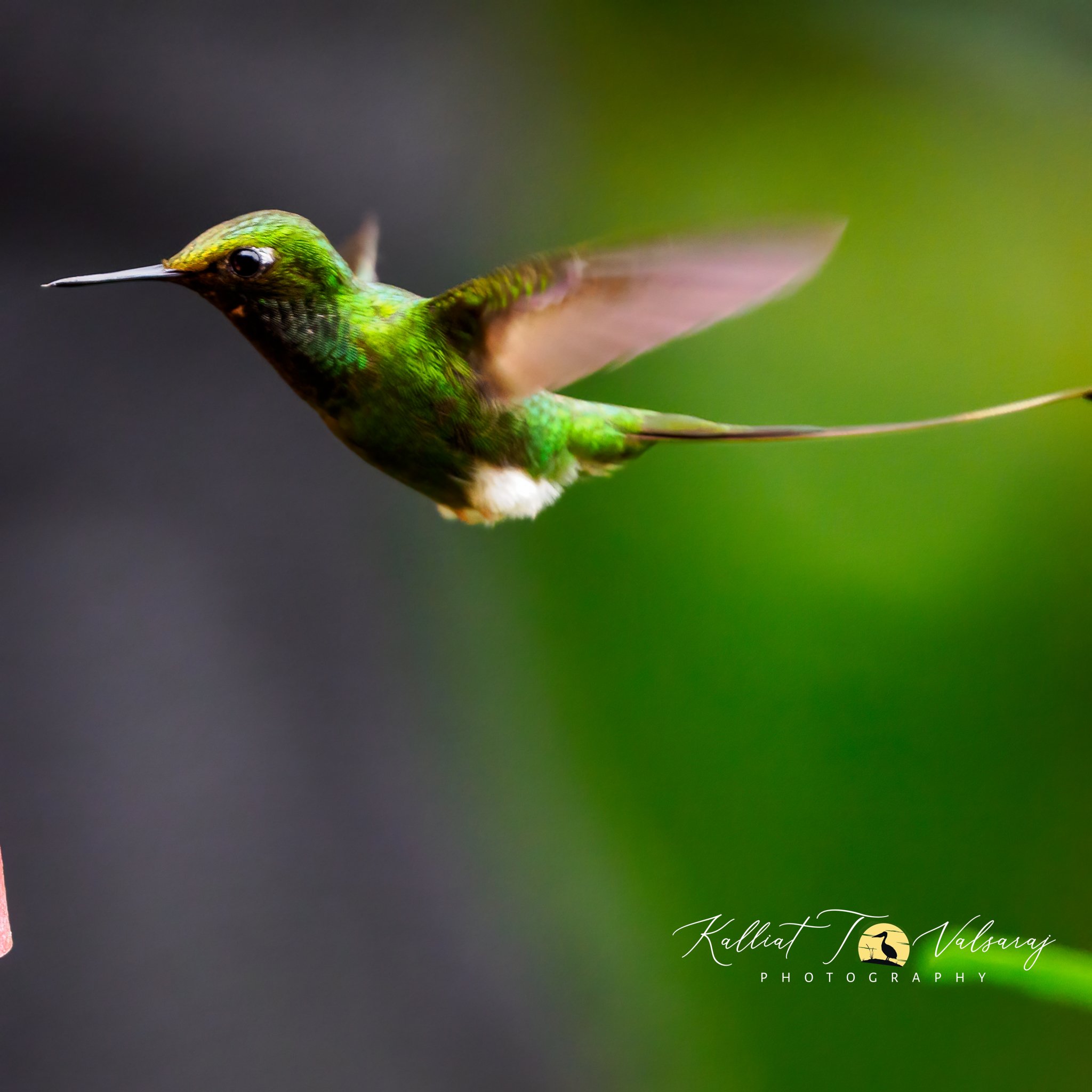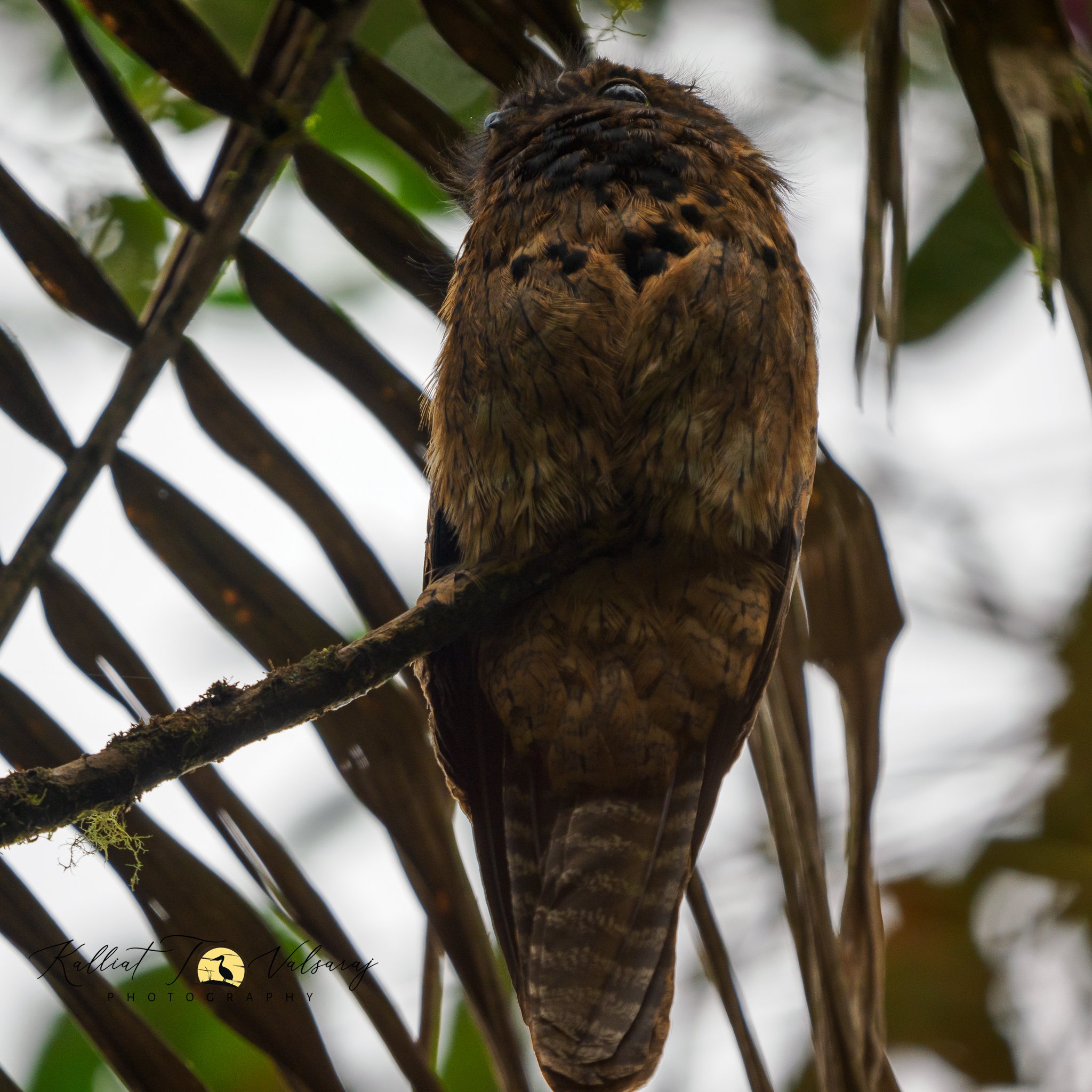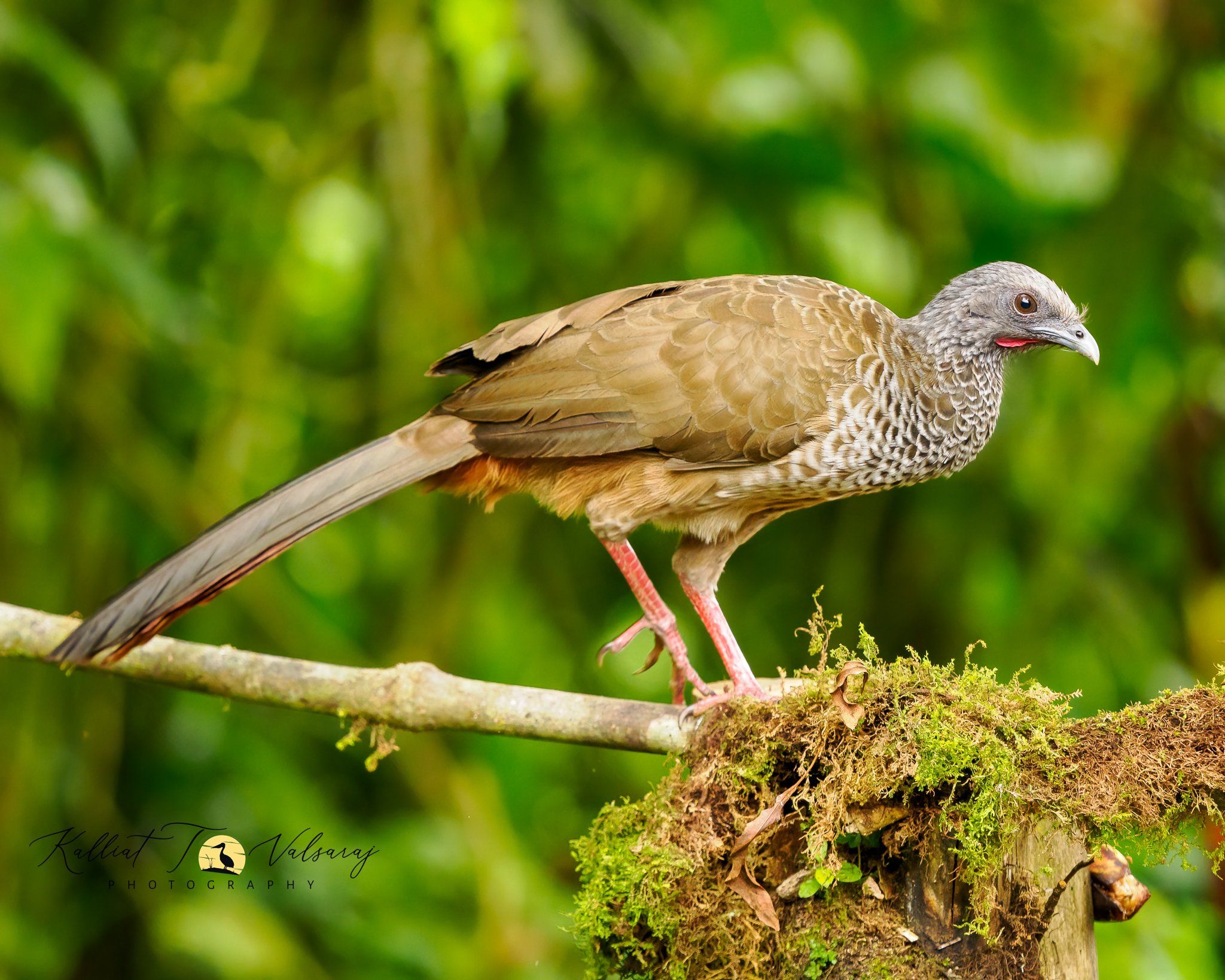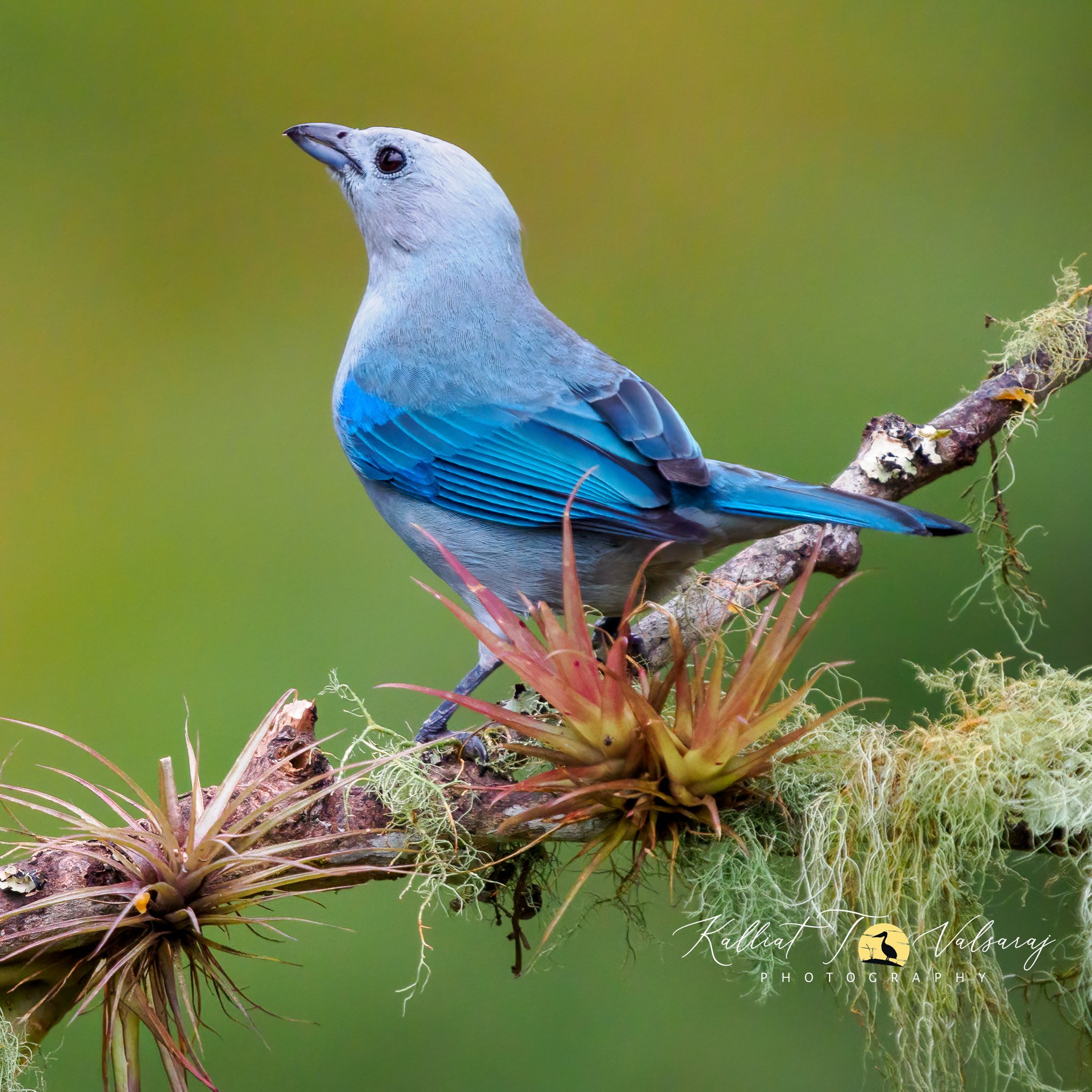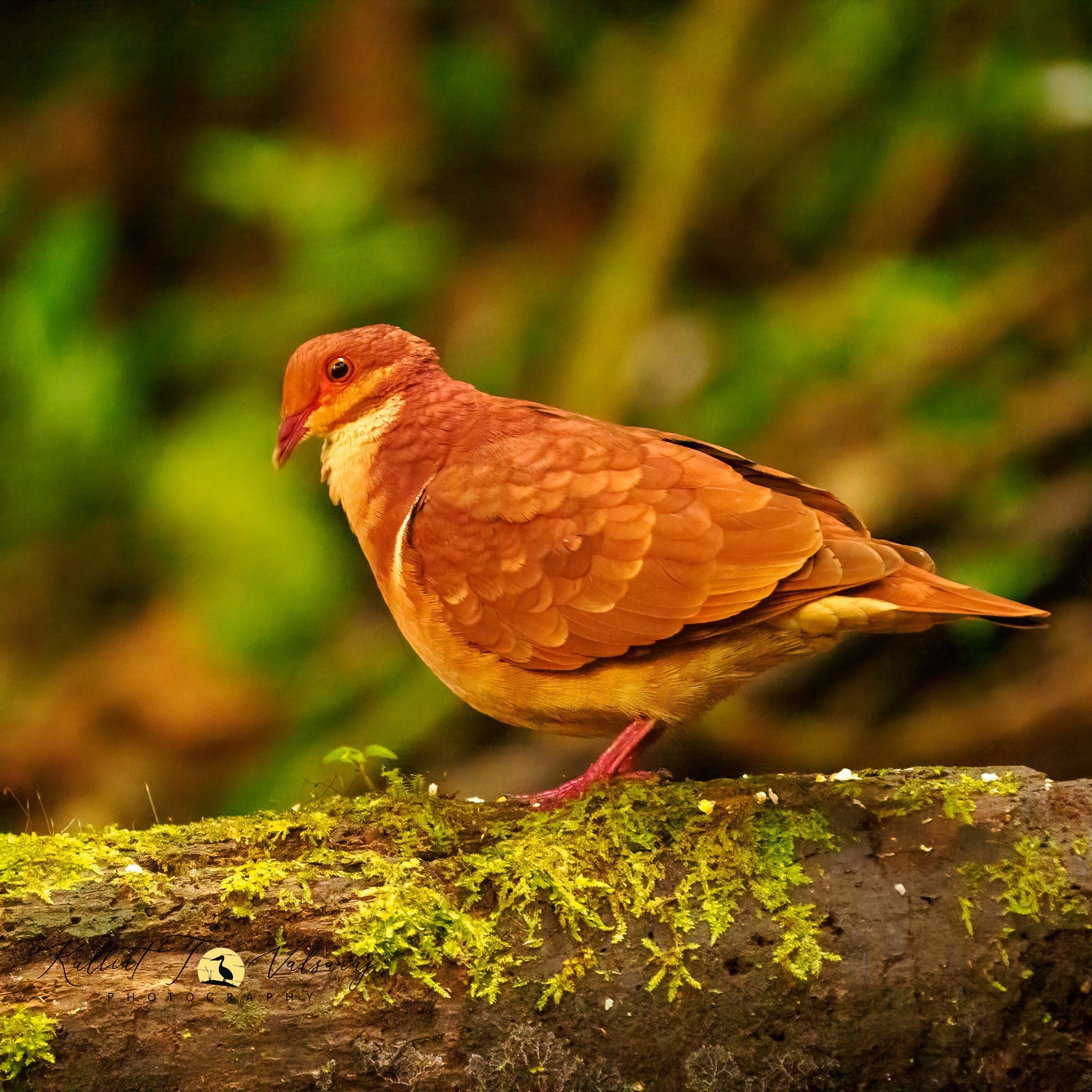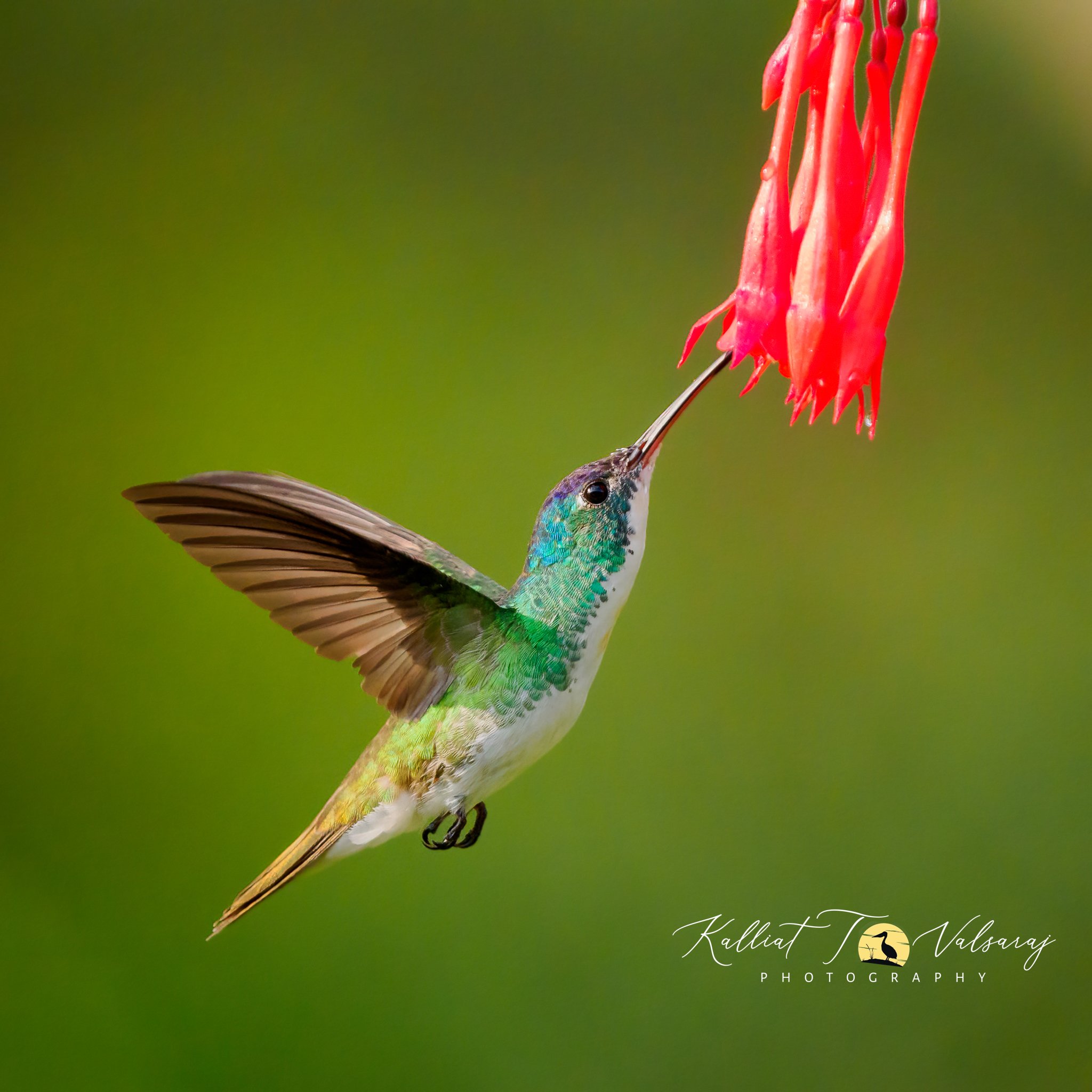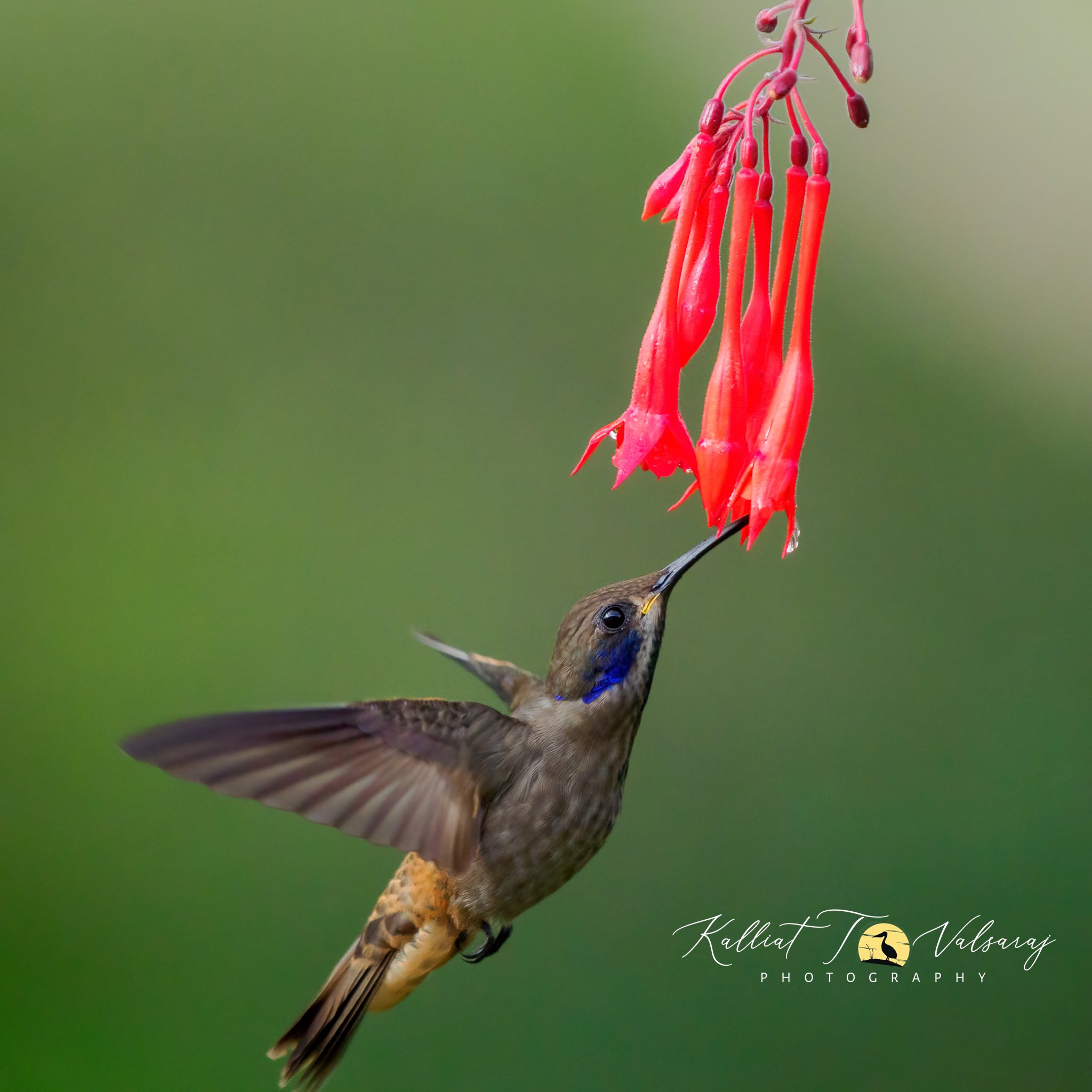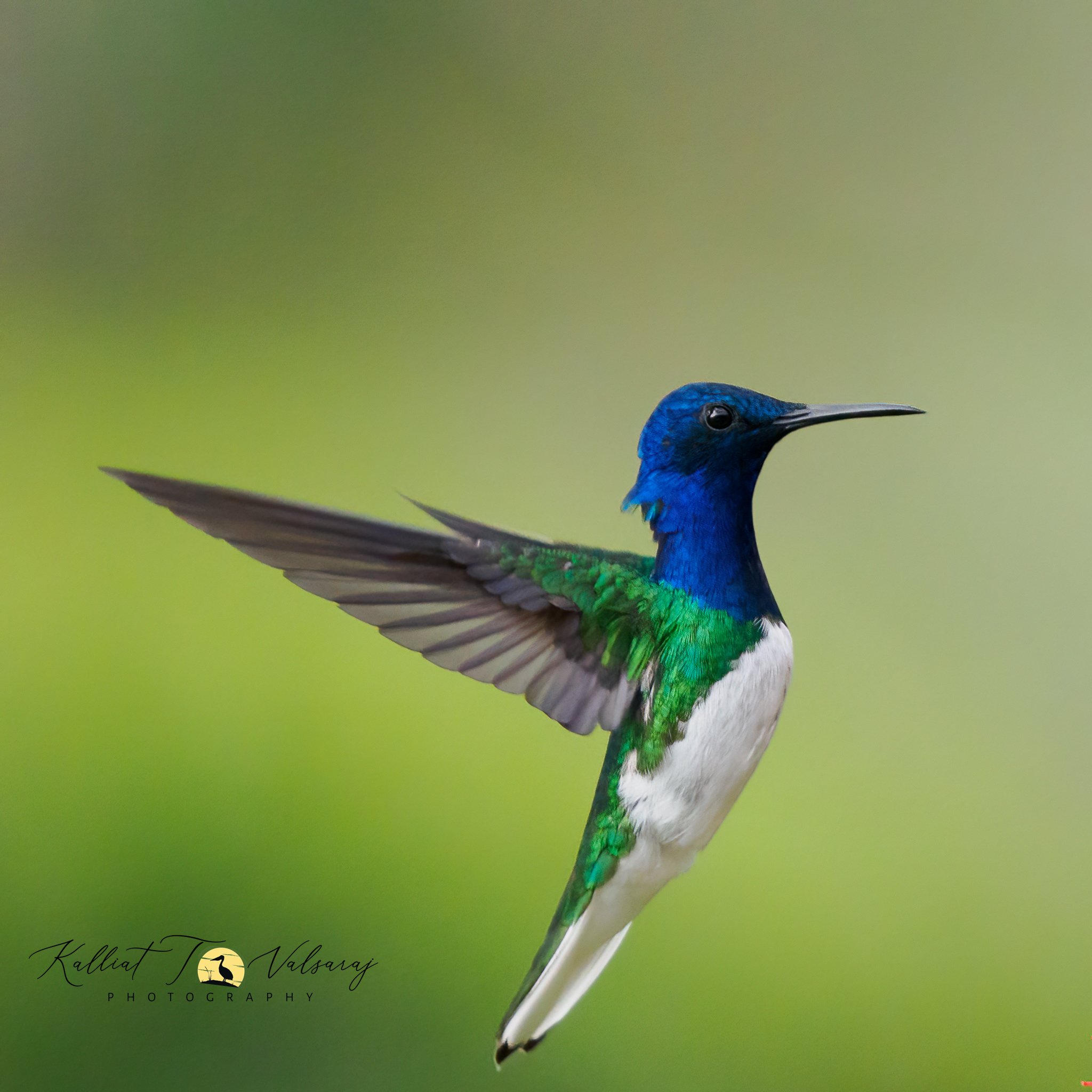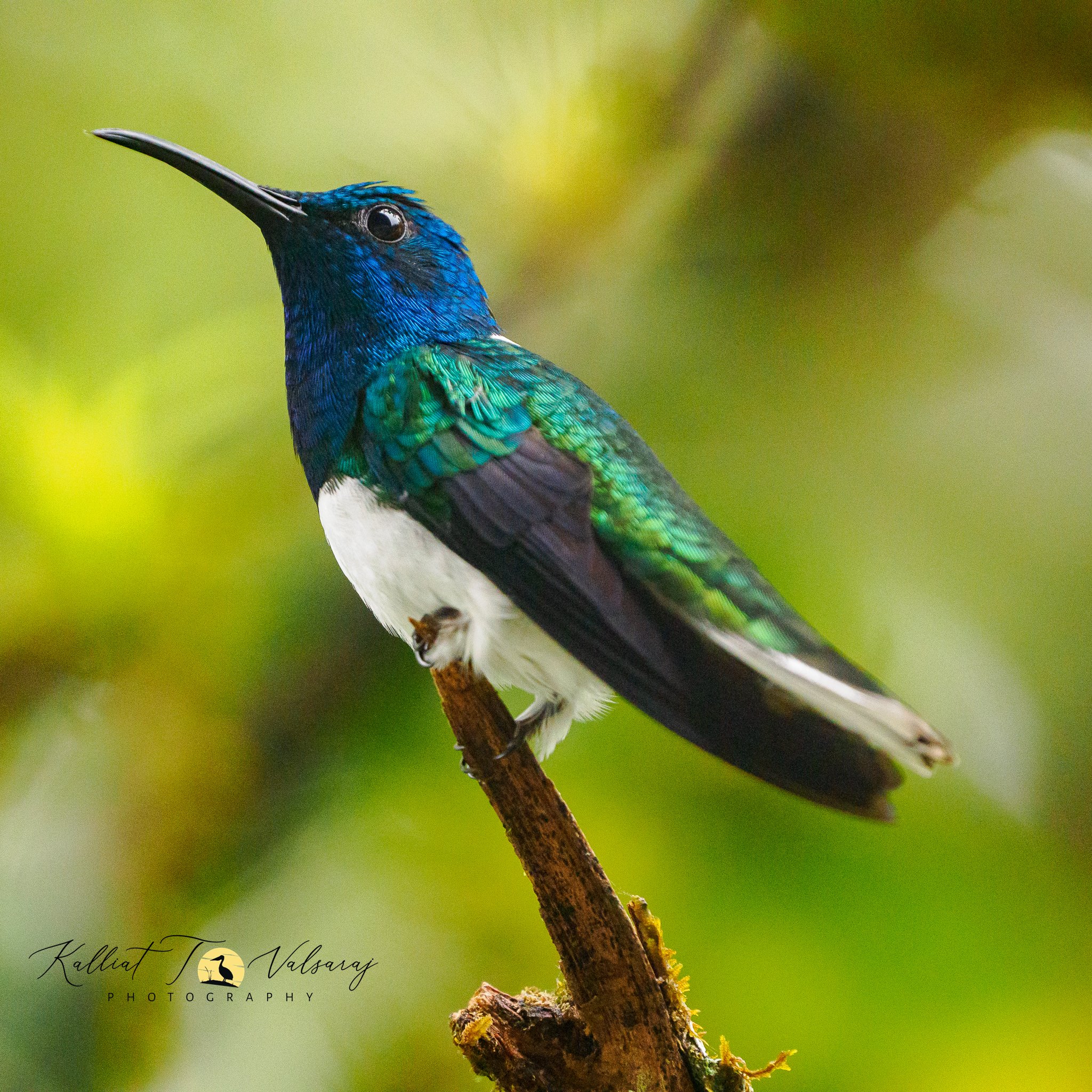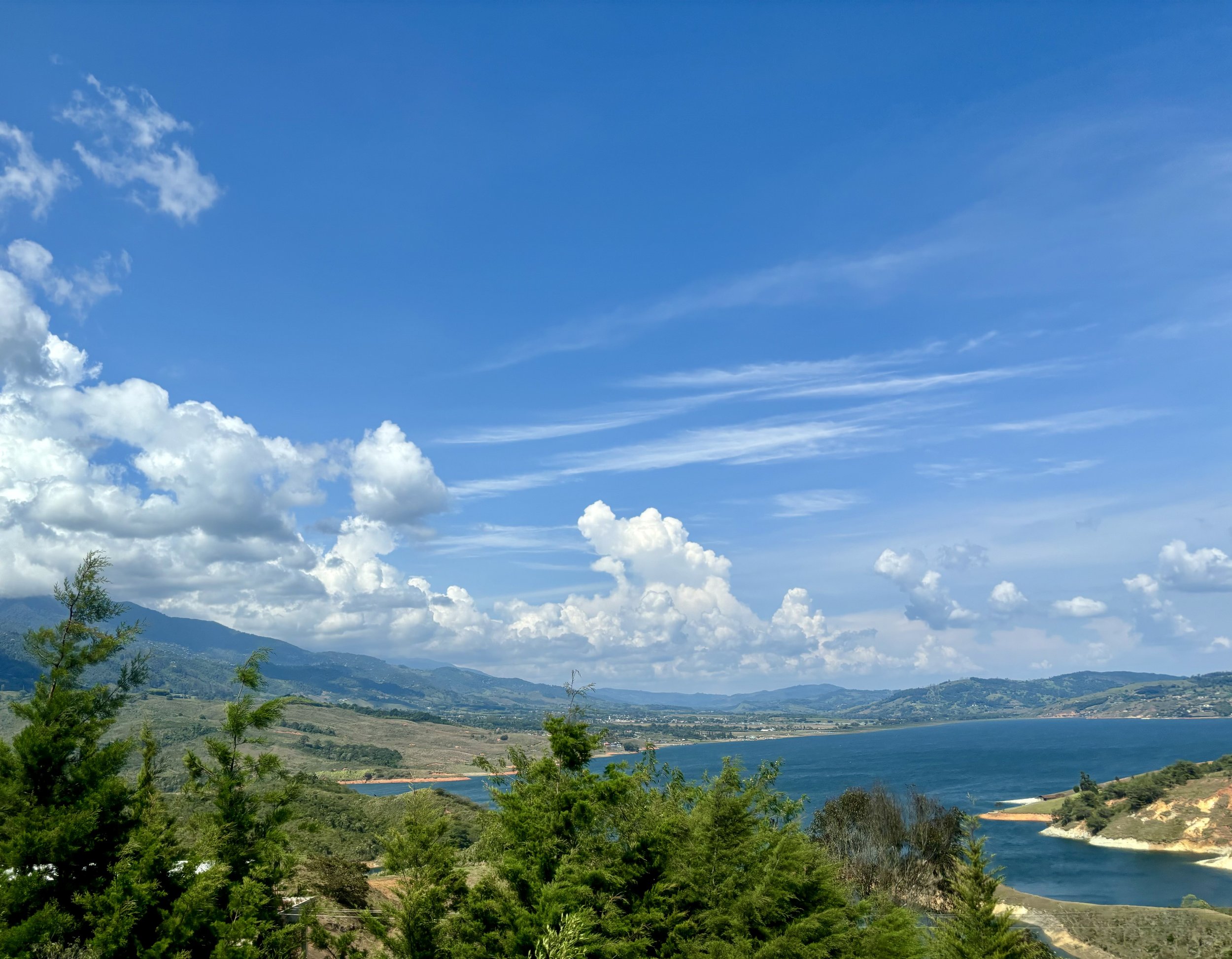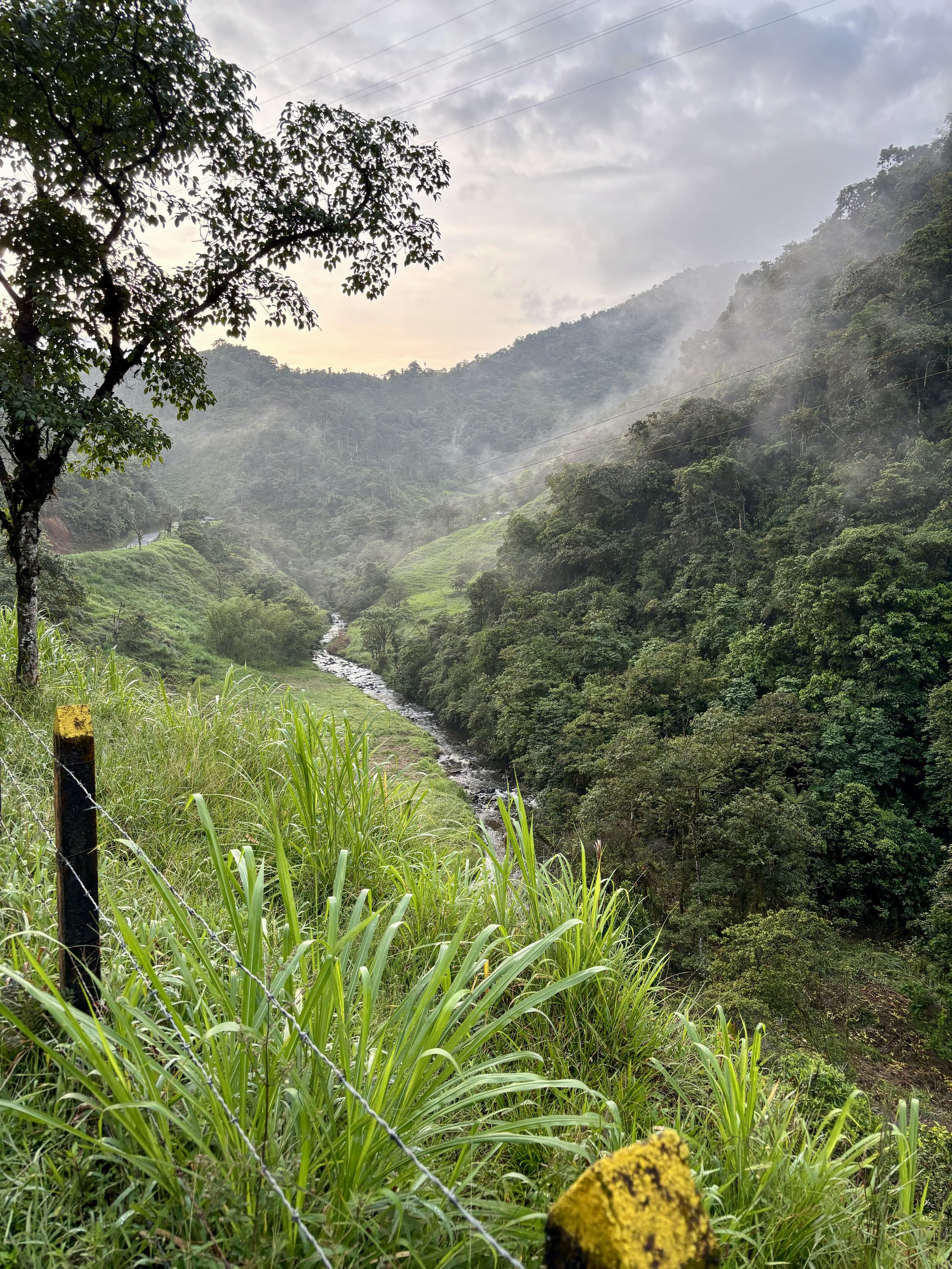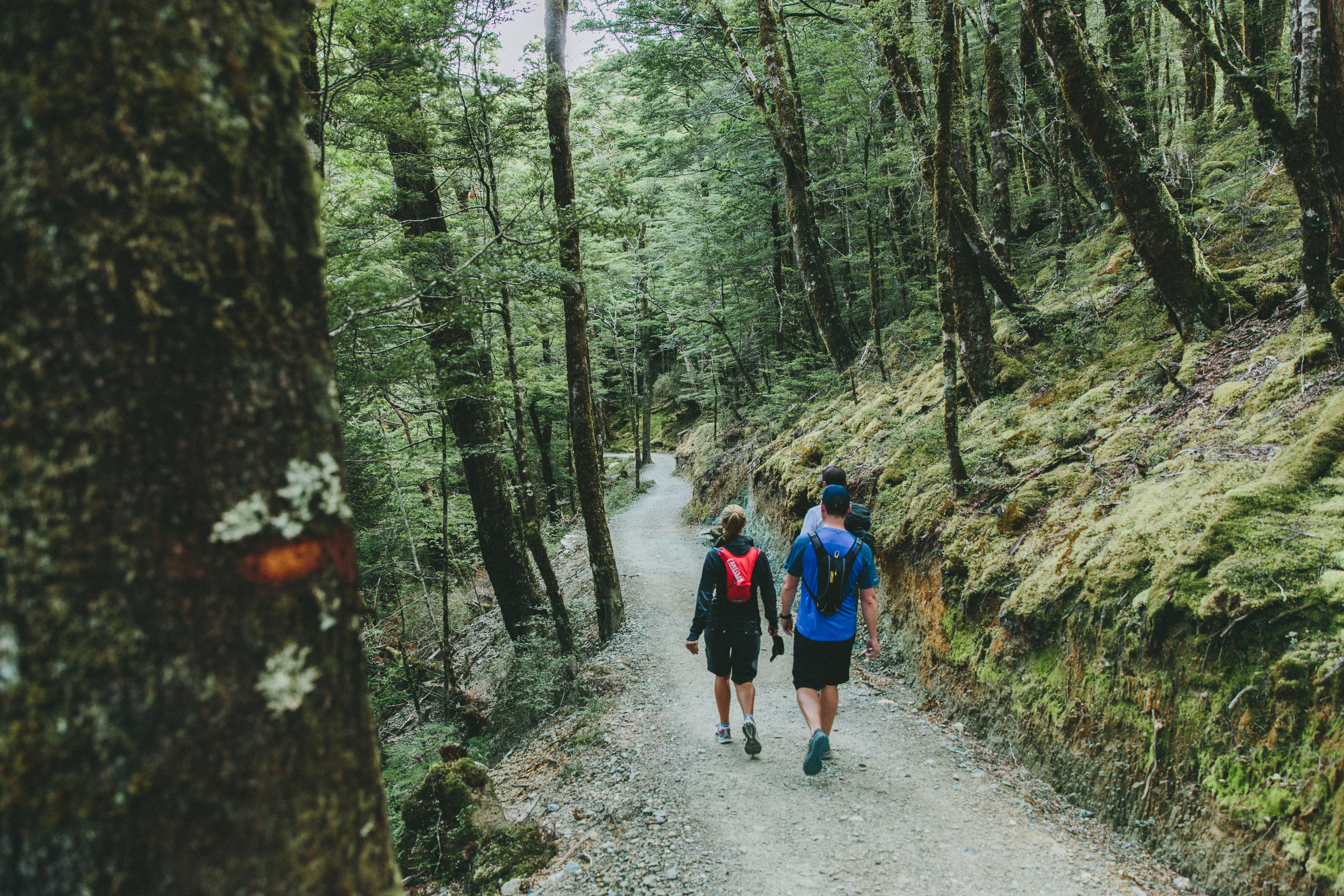
Here are some of the examples of my photography
Bird Photographs
Laguna Seca Ranch, Texas
A Photography Adventure
Laguna Seca Ranch in Edinburg, Texas is a bird photographer’s paradise. You can find a variety of birds only seen in Southwest Texas and Central America and the blinds there are positioned so well as to provide the best photography experience. It is so nice to see how conservation efforts at this ranch has led to so many birds finding a home during and after migration through this area of Texas.

Crested Caracaras fighting for meat scraps - These are large raptors that mainly reside in the southwest Texas and Central American regions. Their number have declined to the point that it is classified as "endangered species" and protected by the U.S. migratory bird treaty act. Its long legs enable it to walk and run with ease on the ground where they are often found with vultures eating carrion.

Painted Bunting - male. These are, in my opinion, the most beautiful birds in North America. Its bright plumage has caused it to be captured and caged, and their numbers were once in decline. However, they have somewhat stabilized in numbers. For me, this is one of the best birds to photograph and see their variable colors shine out under different lighting conditions.

Blue Grosbeak - male. This is mainly a southern bird species, although now more spread out in to the northern US as well. The Audubon Society field guide states that their numbers are gradually increasing. You often see them in low hedges and ground feeding mainly on grasshoppers and insects.

Great Kiskadee. This is a bird that we see mostly in Central American and South Texas. Through habitat conservation in Central America, it has slowly increased in number. Their food consists mainly of insects, although they also do fish like kingfishers. It is beautiful to watch it spread its wings and call out "kis-ka-dee" where its name comes.

Pyrrhuloxia - male. Although often mistaken for a Northern Cardinal, it is distinct in its plumage and breeding in flocks. It mainly eats seeds and insects, thus known to greatly help in reducing boll weevils for cotton crops. Their number has been on the decline due to habitat destruction through urban land and agricultural development. Fortunately, in south Texas, they are protected in national parks and refuges.

Green Jay - These are typical only in Texas and Mexico and are a beautiful species to photograph. I have often found them hard to take good photographs due to their color gradation. They mainly consume fruits, seeds and insects. One of the bright spots in conservation, they have increased in numbers along the Texas-Mexico border .

Bullock's Oriole - male. One of the most beautiful orioles in North America, they mostly reside in the south west and northwest US. Recent data show clearly that they hybridize with the Baltimore Orioles which reside predominantly in the south east and mid west US. Fortunately, their numbers have been steady.

Hooded Oriole - male. These are quite distinct from other orioles in their slender build. Whereas their main food are insects, they often visit suburban areas. Their numbers have been increasing mainly in the southwest US, but their numbers have generally declined in the Rio Grande valley due to loss of nesting to paratisitc birds.

Red-winged Blackbird taking a bath. These are the most abundant of the large songbirds and are found in most backyards and fields. They are especially beautiful to photograph in flight when their colored wings are on display. Although not much of a conservation concern, their numbers have been declining albeit slowly.

Northern Bobwhite -A member of the quail family found mostly in the eastern parts of the US, they inhabit farmlands and open woodlands, often seen in pairs. Although classified as "non-threatened", their numbers have been of late been in steep decline due to their habitat destruction and widespread pesticide use in agriculture.

Bronzed Cowbird. Although beautiful in their varied plumage colors, they have the dubious reputation of being a parasitic bird that occupies and uses other bird's nests. Their numbers have been fairly constant and they are seen mostly int he southern parts of the US. Its deep red eye distinguishes it from other smaller cowbirds.

Orchard's Oriole - male. One of the most beautiful orioles in eastern North America, the males, especially, have their distinct chestnut and black colors that make them a beautiful species for portraits. They mainly feed on fruits and insects and their numbers have slightly declined int he last century due to habitat loss.

Painted Bunting - female. This is the only green colored songbird that are so different from its male that one finds it difficult to identify. However, their colors and grace make them ideal subjects for photographs.

Painted Bunting. Another picture showing how beautiful they are as subjects for portraits.

Great Kiskadee. These are also great materials for portraits shots of birds.
BREC Farr Park and Riverbend Park, Baton Rouge, Louisiana
Migratory Hotspots for Bird Photgraphy
Several millions of birds migrate through the Gulf corridors of Louisiana during the Fall and Spring season. Many of them show up in parks nearby. Two such parks are the BREC Farr Park and Equestrian Center and the Riverbend Park in Baton Rouge, both of which are near to my residence. The vegetation and the water of the mighty Mississippi River nearby teem with several species of migrant birds. It is a treat to watch them and photograph them here.

White-throated Sparrow - These beautiful sparrows are abundant throughout the US. They migrate south during winter and spend summer in Canada. They are commonly seen in Louisiana.

Lesser Yellowlegs - Their numbers have been fairly constant throughout the US. However, their status is likely to be influenced by climate change as their habitats will be threatened and they are characterized as "highly" vulnerable.

Scaly-Breasted Munia - These tiny birds are not common to the Americas, but native to Asia. Introduced into the US via release from captivity in two regions of the US (Houston and Philadelphia), they have rapidly increased in numbers and also started to merge with each other. They usually show up as a family at backyard feeders.

Red-headed Woodpecker - These are near-threatened species. Their decline in numbers is attributed to loss of overall habitat, and loss of standing dead wood required for nest sites. Competition for nest-sites with other cavity nesters such as European starlings is a major concern since starlings have increased in numbers.
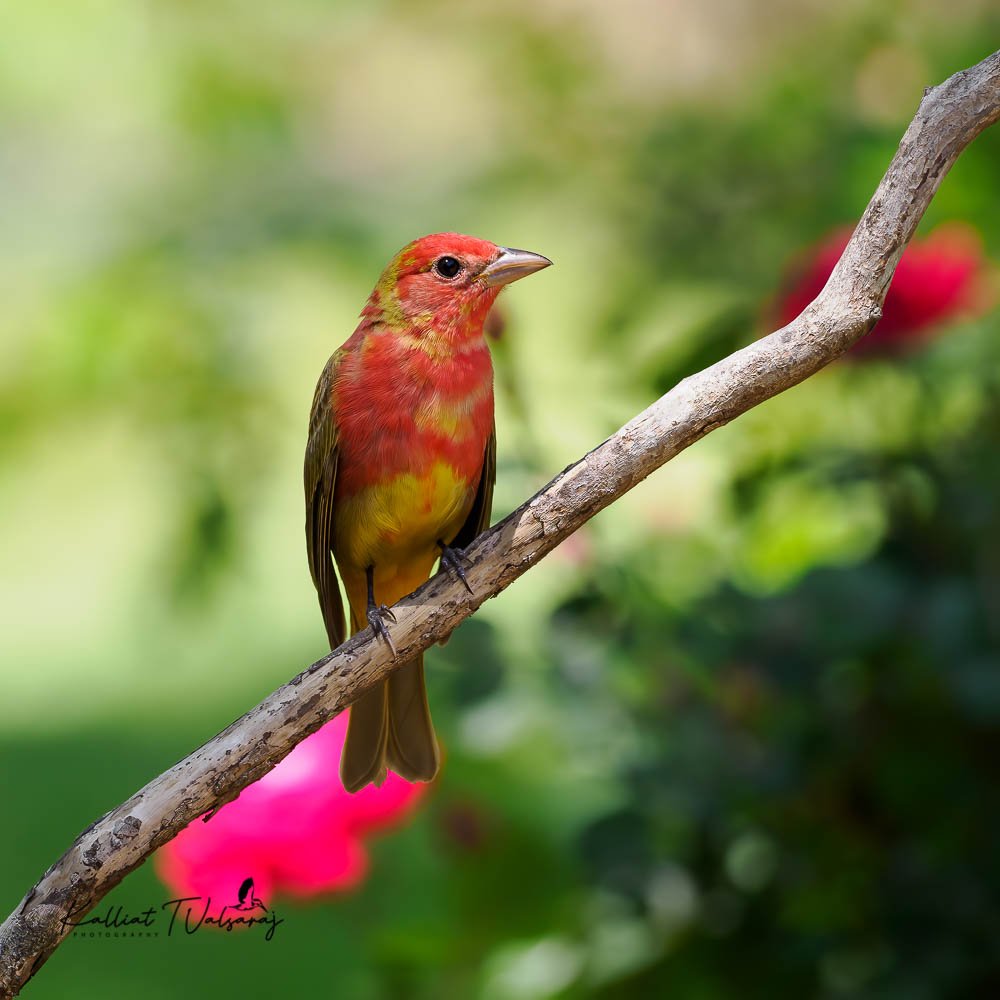
Summer Tanager (male) - These beautiful birds have maintained their numbers in the US. However, their habitats have been under assault and hence there is apprehension about its status as a non-threatened species. A large number of them get killed during migration through encounters with glass in high rise buildings.

Carolina Wren. A year-round resident of the southern US, these are wonderful songbirds. They do not fear human interactions and, often build nests in household objects such as flower pots etc. For such a small bird, it is loud, but and pleasing to listen to. Their numbers have been increasing in many parts of the southern US.

Northern Cardinals are the most common backyard bird in North America. The male is bright red colored, whereas the female has only tinges of red. These visit most backyard feeders and provide wonderful songs to appreciate. They often tend to fall prey to hawks that visit the backyards.














Kenya Safari





























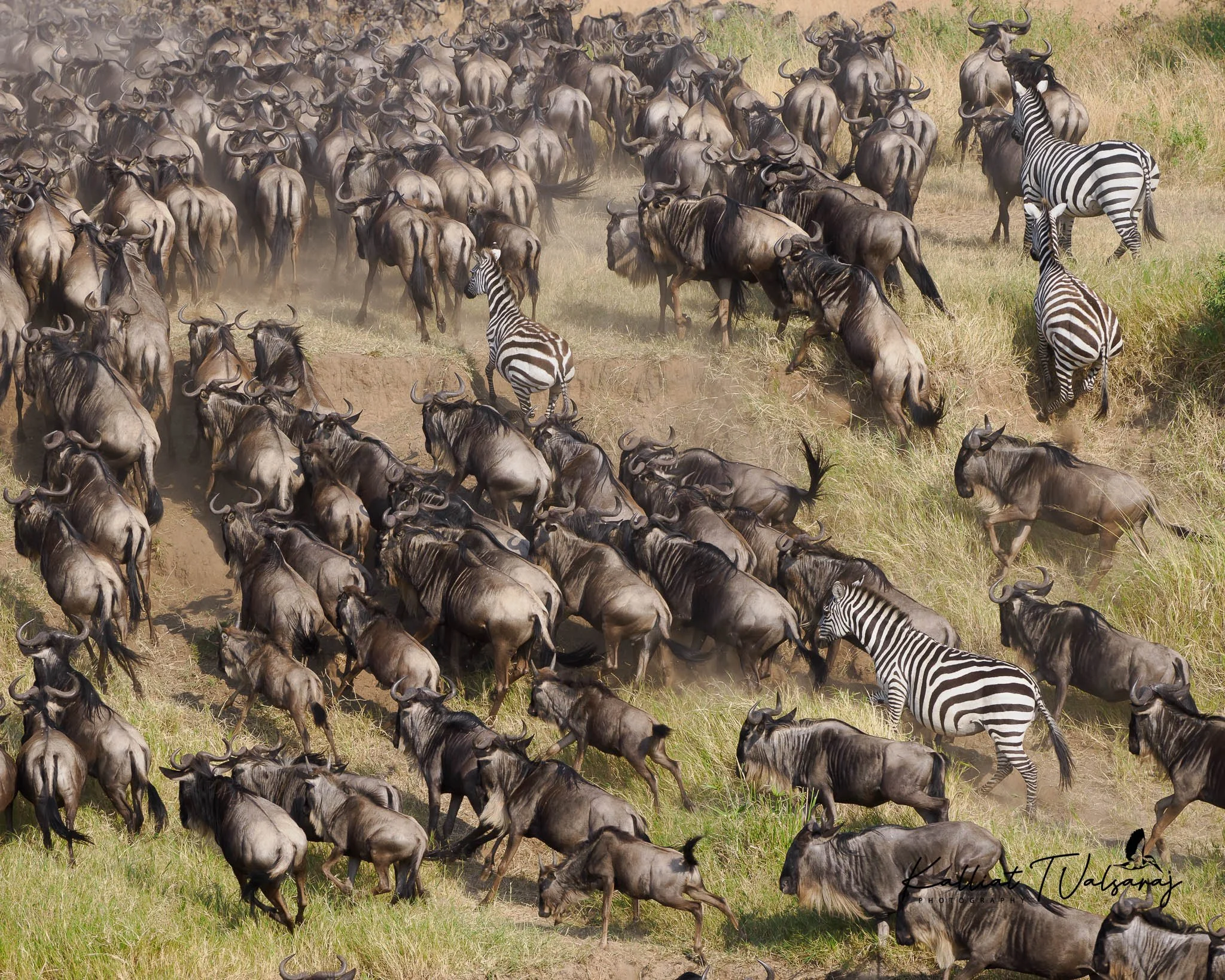


Colombia Birding Tour
A trip to Colombia to see the variety of birds in the country with the world’s largest avian diversity

Multicolored Tanager

Red-headed Barbet

Golden Tanager


Andean Cock-of-the-Rock


Spot-crowned Barbet


Glistening Green Tanager


Rufous-tailed hummingbird

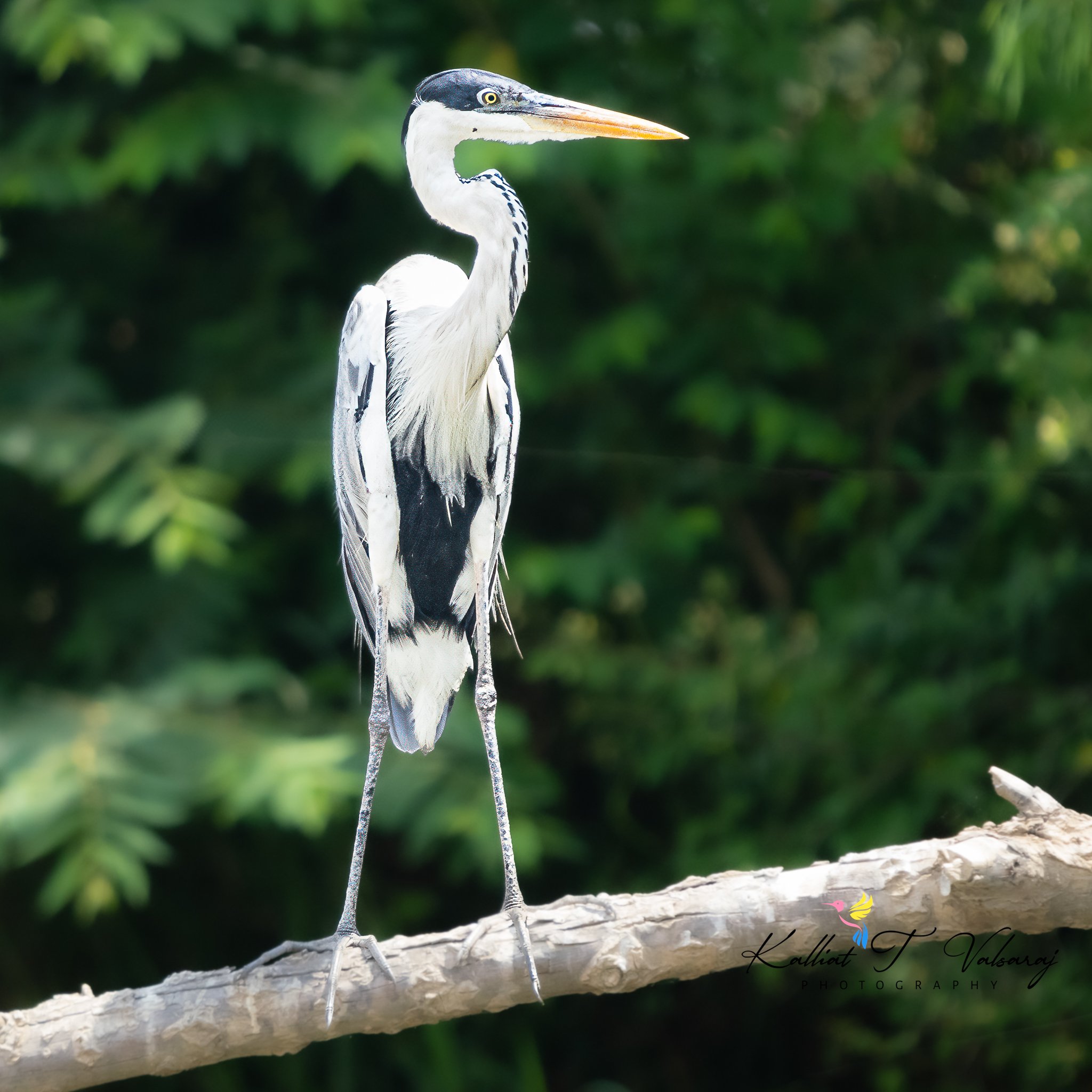

Brown Violator and Black-throated Green Mango

